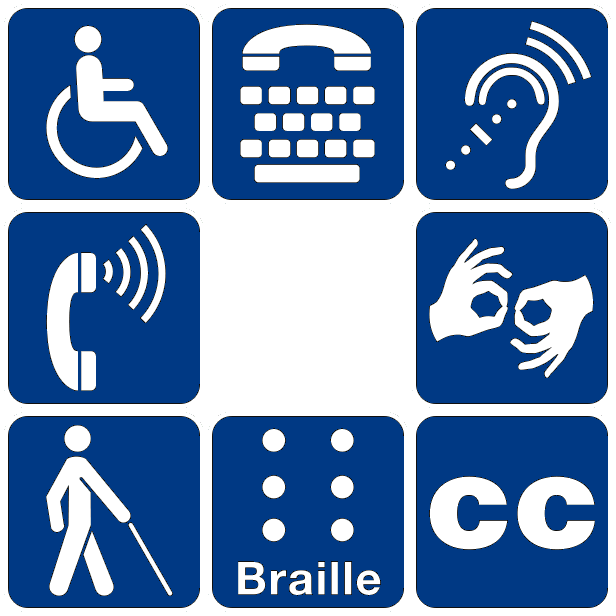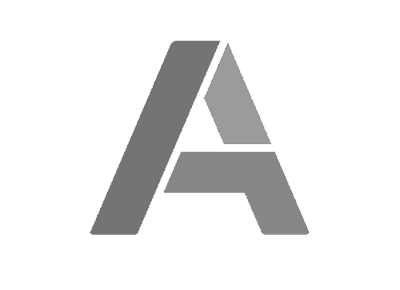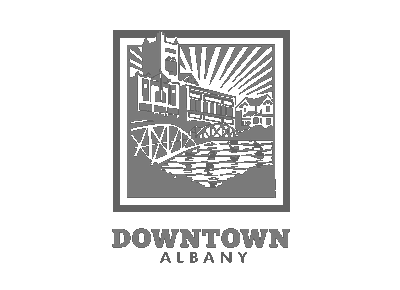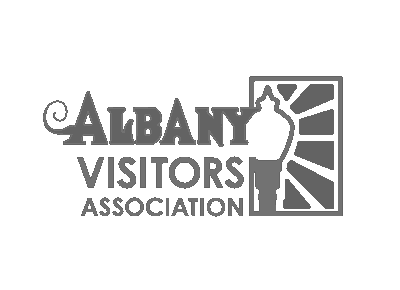
The City of Albany is in the process of developing a comprehensive Americans with Disabilities Act (ADA) Self-Evaluation and Transition Plan (SETP). Once complete, the plan will guide the City in making Albany’s facilities, parks and public right-of-way accessible to all. This includes all public programs, services, facilities, and activities.
The self-evaluation and transition plan associated with the public right-of-way (ROW) is complete and was presented to the City Council on January 11, 2023. The ROW transition plan guides the City in making the public right-of-way accessible to all. Work is ongoing on the comprehensive cityside SETP, which is anticipated to be completed in December 2023.
View the plan for the public right-of-way as well as Parks & Recreation and citywide facilities
DRAFT - November 30, 2023
- Self-Evaluation and Transition Plan (SETP)
- Self-Evaluation and Transition Plan (SETP) for screen readers
- Self-Evaluation and Transition Plan (SETP) map for screen readers
Give us your feedback on this draft until January 31, 2024
Project tasks and schedule for Parks & Recreation and citywide facilities
The plan's development includes the following phases:
Phase 1
Phase 1:
Project Initiation, Management, and On-Going Communication
The City of Albany initiated the project in January of 2022. An ADA Advisory Group was formed as part of the Public Works ADA planning process to provide insights throughout all phases of the planning process. The group members from the Public Works process have been asked to participate in this planning effort, and the City anticipates that new group members will be enlisted as part of this comprehensive planning effort. This group will meet three times during the project. The first meeting with the ADA Advisory Group is anticipated to be held in June 2022. The second and third ADA Advisory Group meets are expected to occur in the Summer and Fall.
Phase 2
Phase 2:
Policy and Program Evaluation (Winter 2021/Spring 2022)
During the project's policy and program evaluation phase, a comprehensive review of City policies, services, and practices is conducted to ensure that they are nondiscriminatory to people with disabilities. The evaluation involves the following tasks:
- Reviewing City policy documents, programs, and services;
- Meeting with City staff to administer a questionnaire regarding City practices;
- Identifying modifications to City programs, services, practices; and
- Involving the ADA Advisory Group in identifying issues and reviewing recommendations for modifications to City policies, services, and practices.
Phase 3
Phase 3:
Facility Evaluations (Spring 2021/Winter 2022)
The facility evaluations involve the assessment and inventory of ADA barriers within the City's facilities where the public accesses City programs and services. The evaluation involves the following tasks:
- Conducting ADA facility evaluations and preparing barrier reports;
- Identify ADA barrier removal actions; and
- Involving the ADA Advisory Group in identifying issues and drafting barrier removal priorities.
Phase 4
Phase 4:
Prepare the ADA Self-Evaluation and Transition Plan (Winter 2022/Spring 2023)
During the final phase, the comprehensive ADA Self-Evaluation and Transition Plan will be developed. The ADA Advisory Group will review the draft plan and provide comments before distributing the public review draft plan. The plan will be posted to the City website, and hard copies will be available at designated locations to collect public comments. It is anticipated that the Plan will be available for review in Winter 2022/Spring 2023.
Once completed, the plan will include:
- The methodology employed for plan development;
- Public outreach process for plan development;
- Prioritization and scheduling process;
- Recommendations for modifications to policies, services, and practices;
- Transition plan phasing schedule and barrier removal priorities; and
- Program accessibility guidelines, standards, and resources.


